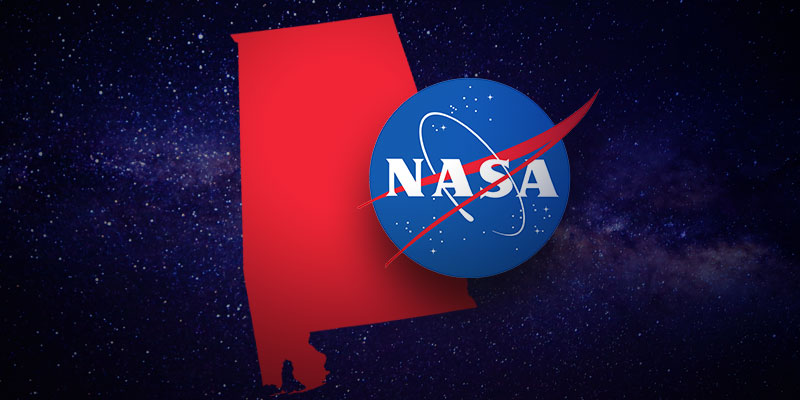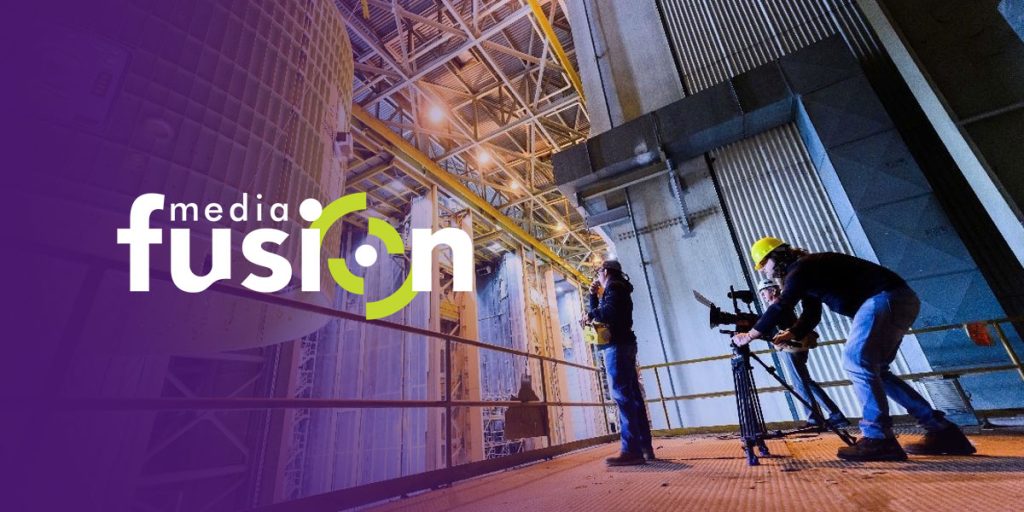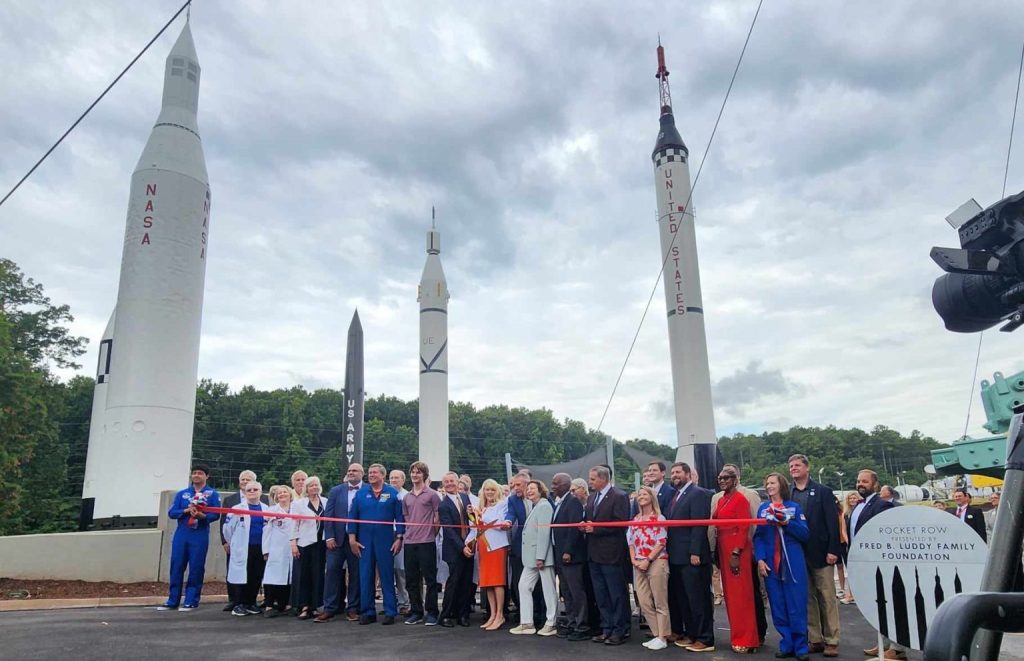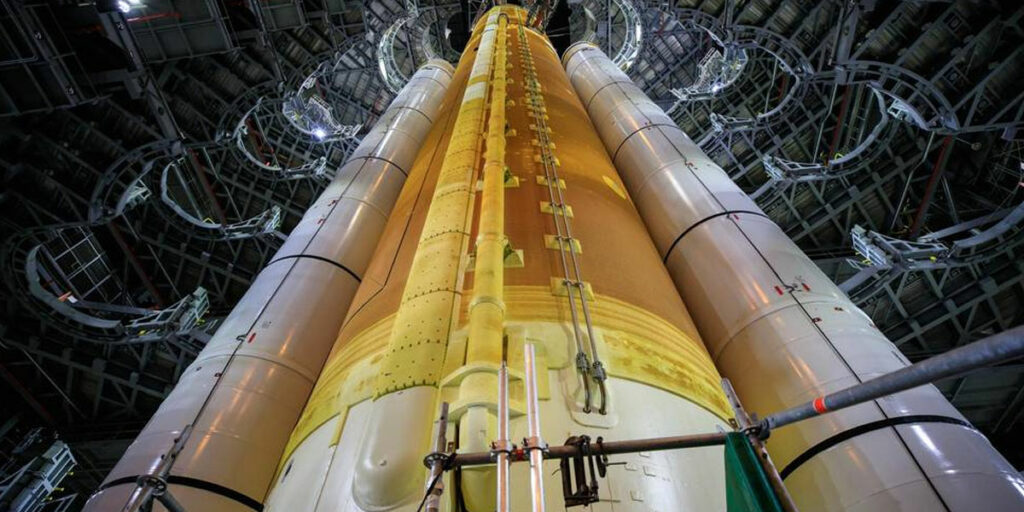NASA on Wednesday announced that it has officially taken the next steps toward the mission that will carry the first woman and next man to the Moon by 2024.
The agency is now committing to build Space Launch System (SLS) rocket core stages to support as many as 10 Artemis missions.
To accomplish this, NASA intends to work with Boeing, the current lead contractor for the core stages of the rockets that will fly on the first two Artemis missions, for the production of SLS rockets through the next decade.
The SLS program is managed out of Marshall Space Flight Center for NASA, while Boeing’s Huntsville-based Space and Launch division manages the company’s SLS work. SLS is the most powerful rocket in world history and the only rocket that can send the Orion spacecraft, astronauts and supplies to the Moon in a single mission.
“We greatly appreciate the confidence NASA has placed in Boeing to deliver this deep space rocket and their endorsement of our team’s approach to meeting this unprecedented technological and manufacturing challenge in support of NASA’s Artemis program,” Jim Chilton, senior vice president of Boeing’s Space and Launch division, stated.
Tuesday’s announcement confirmed that NASA has provided initial funding and authorization to Boeing to begin work toward the production of the third core stage and to order targeted long-lead materials and cost-efficient bulk purchases to support future builds of core stages.
This action allows Boeing to manufacture the third core stage in time for the 2024 mission, Artemis III, while NASA and Boeing work on negotiations to finalize the details of the full contract within the next year. The full contract is expected to support up to ten core stages and up to eight Exploration Upper Stages (EUS).
“It is urgent that we meet the President’s goal to land astronauts on the Moon by 2024, and SLS is the only rocket that can help us meet that challenge,” NASA administrator Jim Bridenstine said in a statement.
“These initial steps allow NASA to start building the core stage that will launch the next astronauts to set foot on the lunar surface and build the powerful exploration upper stage that will expand the possibilities for Artemis missions by sending hardware and cargo along with humans or even heavier cargo needed to explore the Moon or Mars,” he added.
The core stage is the center part of the rocket that contains the two giant liquid fuel tanks. Towering 212 feet with a diameter of 27.6 feet, it will store cryogenic liquid hydrogen and liquid oxygen and all the systems that will feed the stage’s four RS-25 engines. It also houses the flight computers and much of the avionics needed to control the rocket’s flight.
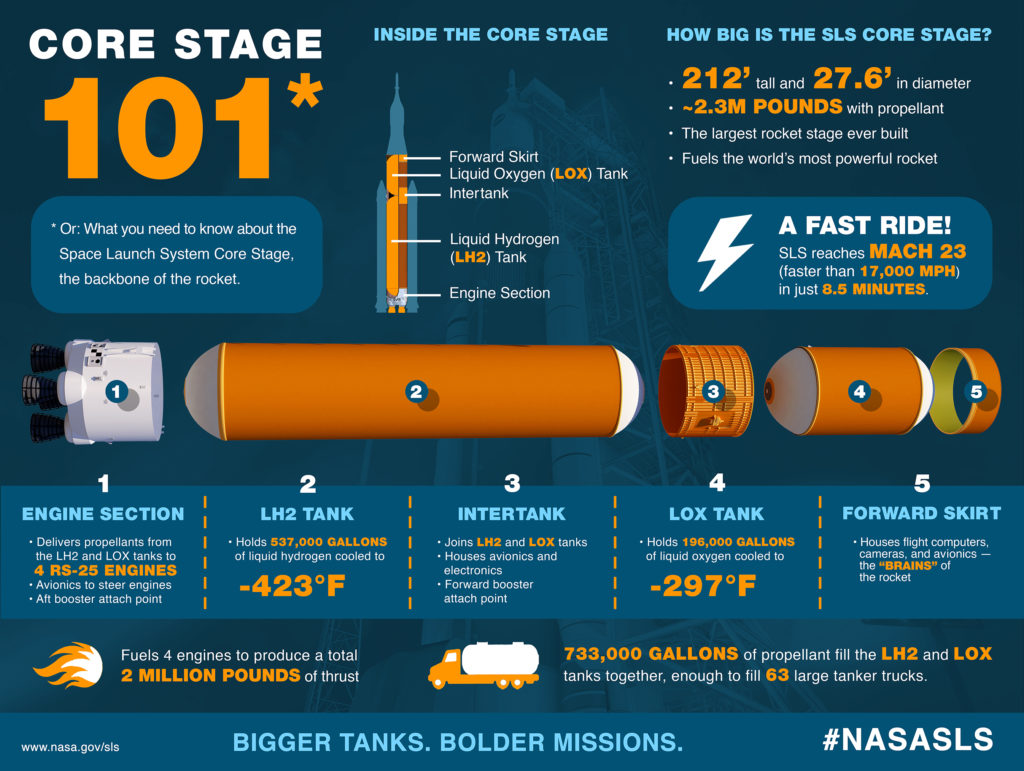
Boeing’s current contract includes the SLS core stages for the Artemis I and Artemis II missions and the first EUS, as well as structural test articles and the core stage pathfinder.
The imminent new contract is expected to realize substantial savings compared to the production costs of core stages built during the design, development, test and evaluation phase by applying lessons learned during first-time builds and gaining efficiencies through bulk purchases.
“NASA is committed to establishing a sustainable presence at the Moon, and this action enables NASA to continue Space Launch System core stage production in support of that effort to help bring back new knowledge and prepare for sending astronauts to Mars,” John Honeycutt, SLS program manager at Marshall, explained.
“SLS is the only rocket powerful enough to send Orion, astronauts and supplies to the Moon on a single mission, and no other rocket in production today can send as much cargo to deep space as the Space Launch System rocket,” he concluded.
Wednesday’s news was met with a celebratory tweet by Senator Richard Shelby (R-AL), a champion for space exploration.
Another step in the right direction for @NASA_SLS. Proud to see the collaborative work of @NASA & @BoeingSpace as they continue to build the powerful #SLS rocket that will take astronauts back to the Moon & eventually to Mars. https://t.co/RtPIhic05I
— Richard Shelby (@SenShelby) October 16, 2019
For the first three Artemis missions, the SLS rocket will use an interim cryogenic propulsion stage to send the Orion spacecraft to the Moon. The rocket is designed to meet a variety of mission needs by evolving to carry greater mass and volume with a more powerful EUS. The EUS is an important part of Artemis infrastructure needed to send astronauts and large cargo together, or larger cargo-only shipments, to the Moon, Mars and deep space.
NASA plans on to use the first EUS on the Artemis IV mission, and additional core stages and upper stages will support either crewed Artemis missions, science missions or cargo missions.
“The exploration upper stage will truly open up the universe by providing even more lift capability to deep space,” Julie Bassler, the SLS Stages manager at Marshall, advised. “The exploration upper stage will provide the power to send more than 45 metric tons, or 99 thousand pounds, to lunar orbit.”
The SLS rocket, Orion spacecraft, Gateway and Human Landing System are part of NASA’s backbone for deep space exploration. Work is well underway on both the Artemis I and II rockets, with core stage assembly nearly complete at Michoud in New Orleans.
Soon, the stage will be shipped to NASA’s Stennis Space Center near Bay St. Louis, Mississippi, where it will undergo Green Run testing, an integrated test of the entire new stage that culminates with the firing of all four RS-25 engines. Upon completion of the test, NASA’s Pegasus barge will take the core stage to NASA’s Kennedy Space Center in Florida where it will be integrated with other parts of the rocket and Orion for Artemis I. Boeing also has completed manufacturing most of the main core stage structures for Artemis II.
“Together with a nationwide network of engaged and innovative suppliers we will deliver the first core stage to NASA this year for Artemis I,” Boeing’s Chilton concluded. “This team is already implementing lessons learned and innovative practices from the first build to produce a second core stage more efficiently than the first. We are committed to continuous improvement as they execute on this new contract.”
North Alabama also will play a leading role in other components of Artemis, including with the lunar Gateway and the new Human Landing System. Historic contributions to America’s space prowess are being made by several private sector partners in the Yellowhammer State, such as United Launch Alliance (ULA), Boeing and Dynetics.
Sean Ross is the editor of Yellowhammer News. You can follow him on Twitter @sean_yhn







